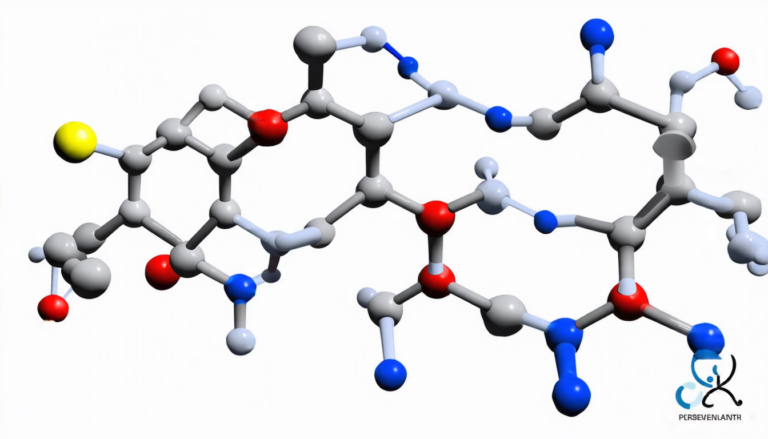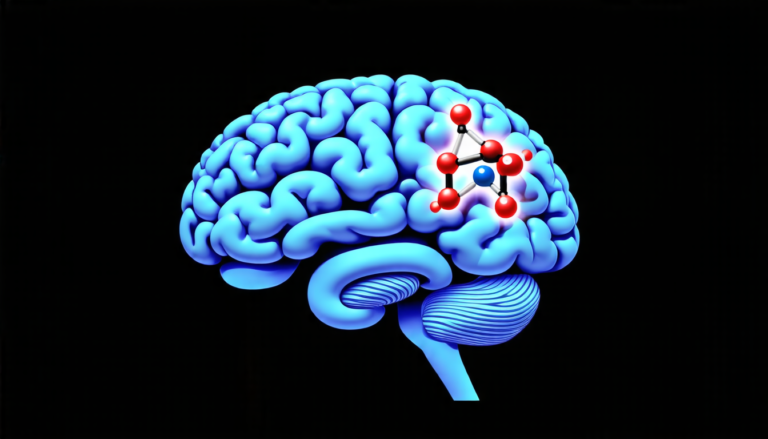Tuesday 20 May 2025
Scientists have long been fascinated by the intricate dance of molecular forces that shape our brains, particularly in the tiny structures called dendritic spines. These spines are like miniature factories where neurons communicate with each other, and their shape and size play a crucial role in learning and memory.
A new study has shed light on how these spines change shape in response to neural activity, and the findings have significant implications for our understanding of brain function. The research used a sophisticated computer model to simulate the dynamics of actin filaments, tiny protein strands that give structure to the spine.
Actin filaments are dynamic and constantly changing shape, much like a living organism. They’re like little tubes that can grow, shrink, and branch out in response to their environment. In the case of dendritic spines, these filaments play a critical role in shaping the spine’s morphology and allowing it to adapt to changes in neural activity.
The study used a technique called dynamical graph grammars to model the behavior of actin filaments in dendritic spines. This approach allowed researchers to simulate the complex interactions between these filaments and other molecular structures, such as membranes and microtubules.
By running countless simulations, scientists were able to identify specific patterns and rules that govern the behavior of actin filaments in dendritic spines. They found that when neural activity increases, the actin filaments become more dynamic and start to change shape rapidly. This is thought to be an important mechanism for allowing the spine to adapt quickly to new information.
The study’s findings also suggest that there may be a critical threshold of neural activity beyond which the spine’s structure becomes unstable and prone to collapse. This could have significant implications for our understanding of neurological disorders such as Alzheimer’s disease, where dendritic spines are often found to be damaged or misshapen.
While this research is still in its early stages, it has the potential to revolutionize our understanding of brain function and development. By gaining a deeper understanding of how actin filaments shape and change the structure of dendritic spines, scientists may be able to develop new treatments for neurological disorders and even improve our understanding of how we learn and remember.
The study’s authors used a combination of theoretical modeling and computational simulations to explore the complex dynamics of actin filaments in dendritic spines.
Cite this article: “Unraveling the Dynamics of Actin Filaments in Dendritic Spines”, The Science Archive, 2025.
Actin Filaments, Dendritic Spines, Neural Activity, Brain Function, Learning, Memory, Alzheimer’S Disease, Dynamical Graph Grammars, Computer Modeling, Neuroscience







